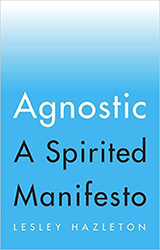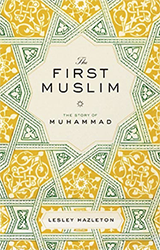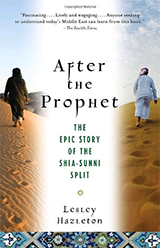 I don’t remember ordering J.M.Ledgard’s novel Submergence from the library. I do remember getting the email that it had arrived, and wondering what it was. Then picking it up a couple of days later, looking at the cover — “huh?” — and asking myself if I even wanted to read it.
I don’t remember ordering J.M.Ledgard’s novel Submergence from the library. I do remember getting the email that it had arrived, and wondering what it was. Then picking it up a couple of days later, looking at the cover — “huh?” — and asking myself if I even wanted to read it.
I still know nothing about Ledgard aside from the capsule bio on the back cover: Born in Scotland, lives in Africa, political and war correspondent for The Economist. Nothing, that is, but the fact that he’s written an astonishingly ambitious, beautiful, and haunting novel. So much so that the moment I finished it — and I mean the precise moment, with no hesitation — I turned back to the first page and began reading it again, with even greater admiration.
The ‘plot’ is simple enough: a man and a woman meet in a French hotel, have a brief affair, and continue thinking of each other as they go on with their separate lives. He is an intelligence agent gathering information on militant extremists in Somalia. She is a deep-ocean scientist obsessed with the strange life forms in the deep-water fissures of the earth’s mantle. He is captured by jihadist fighters, badly beaten, held hostage. She dives in a submersible 3,000 meters under the north Atlantic. Separate lives indeed, yet somehow, and with extraordinary grace, Ledgard pulls them together into a magnificent evocation of the complexity of life on earth, human and otherwise. And of its intense fragility.
Life in the deep turns out to be extraordinarily stable. Life on the surface, terrifyingly unstable. The hardship of Somalia comes as alive here as the shimmering life forms (I had to look up ‘salp’ on Wikipedia) in the hadopelagic — ‘hado’ from Hades, the deepest depths. The jihadist captors are drawn with rare understanding even as there’s no stinting on their cruelty (including an all-too-vivid scene in which a young teenage girl who has been raped is stoned to death for adultery).
Here’s an extract from toward the end:
We cannot talk with definition about our souls, but it is certain that we will decompose… What is likely is that sooner or later, carried in the wind and in rivers, or your graveyard engulfed in the sea, a portion of each of us will be given new life in the cracks, vents, or pools of molten sulphur on which the tonguefish skate.
You will be in Hades, the staying place of the spirits of the dead. You will be drowned in obliviion, the River Lethe, swallowing water to erase all memory. It will not be the nourishing womb you began your life in. It will be a submergence. You will take your place in the boiling-hot fissures, among the teeming hordes of nameless microorganisms that mimic no forms because they are the foundation of all forms. In your reanimation you will be aware only that you are a fragment of what once was, and are no longer dead. Sometimes this will be an electric feeling, sometimes a sensation of the acid you eat, or the furnace under you. You will burgle and rape other cells in the dark for a seeming eternity, but nothing will come of it. Hades is evolved to the highest state of simplicity. It is stable. Whereas you are a tottering tower, so young in evolutionary terms, and addicted to consciousness.
And as an eerie footnote to this, here’s Ledgard in an interview last year on the blog of The New Yorker. The novel “juxtaposes land with ocean and enlightenment with fanaticism,” he acknowledged. “I felt impelled to write it in this way, but it is odd, I can see that. But sometimes life is even odder. It was the strangest moment for me when Osama bin Laden was killed and buried at sea. Everything came together in the abyss. I have often thought about it since, not just bin Laden’s weighted corpse sinking down to the sea floor, but also the processes done on his body, the creatures, the crushing dark, and that’s what I am talking about — there is another world in our world.”






